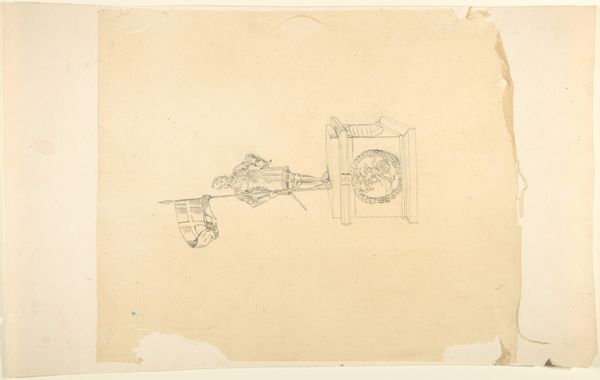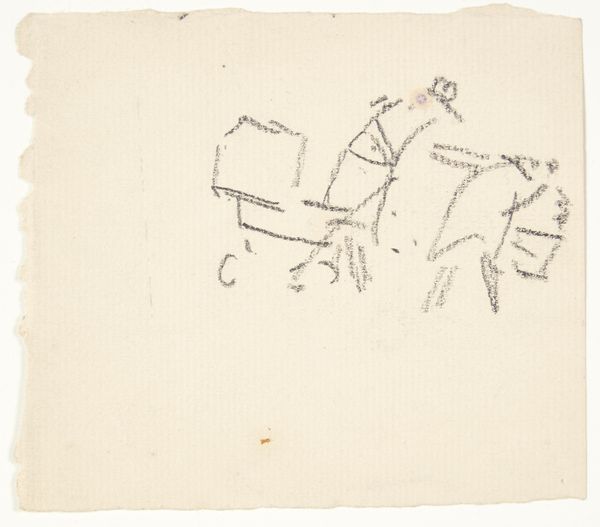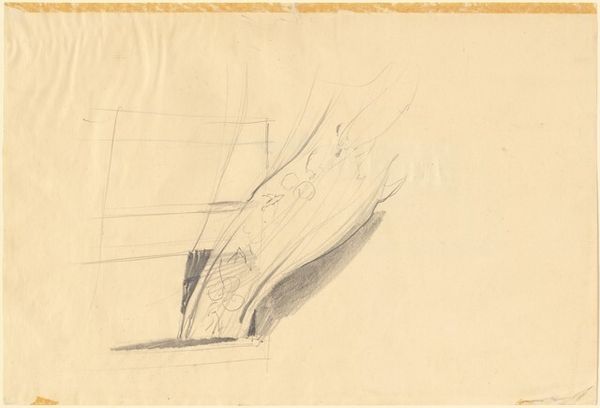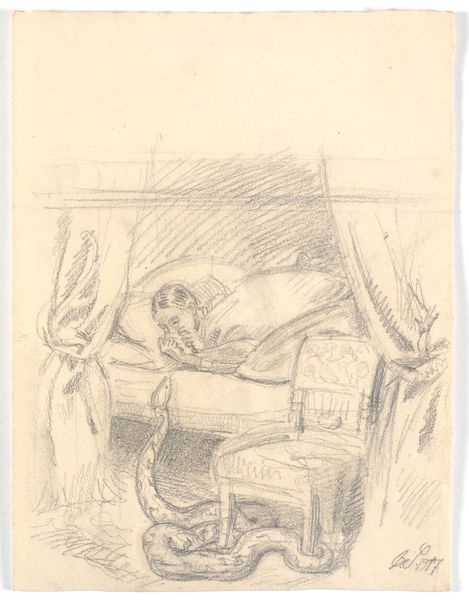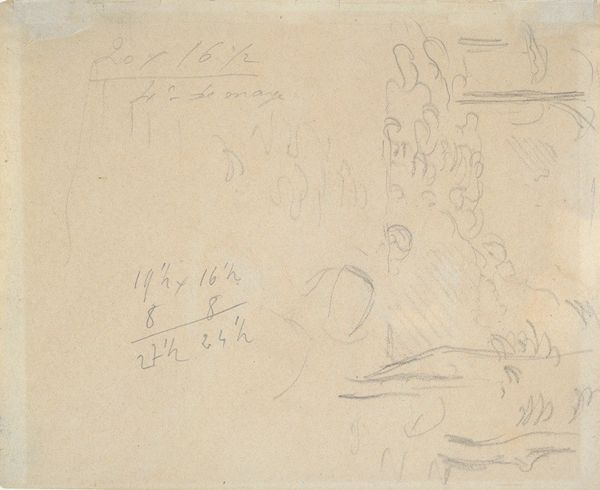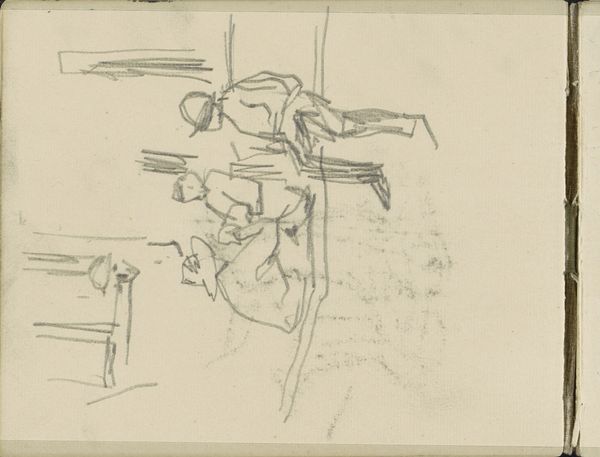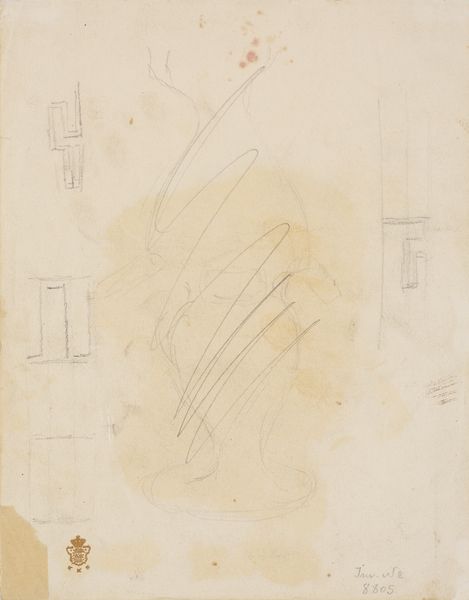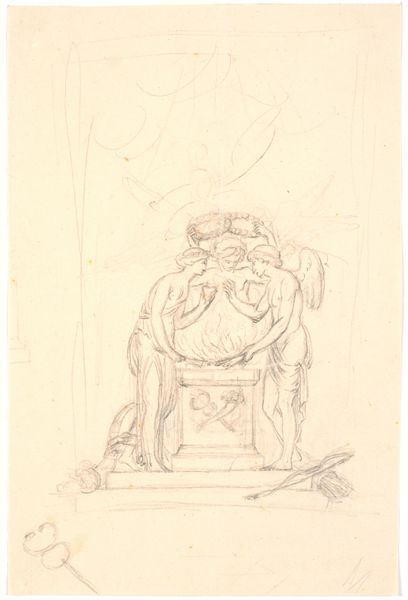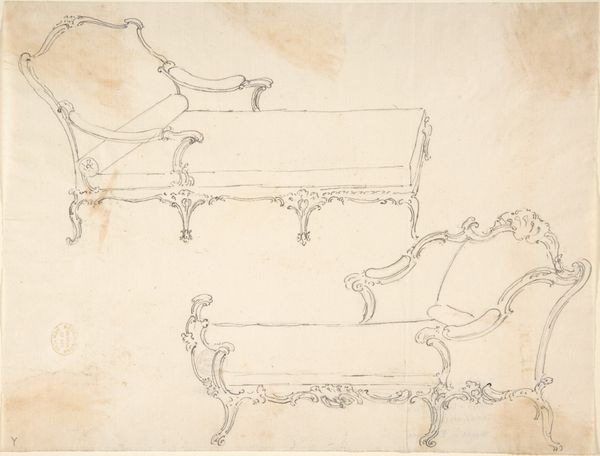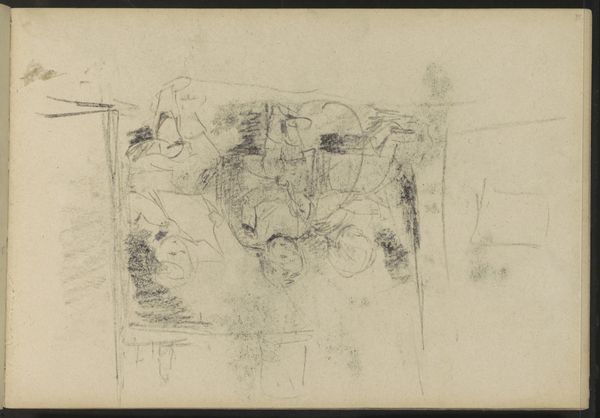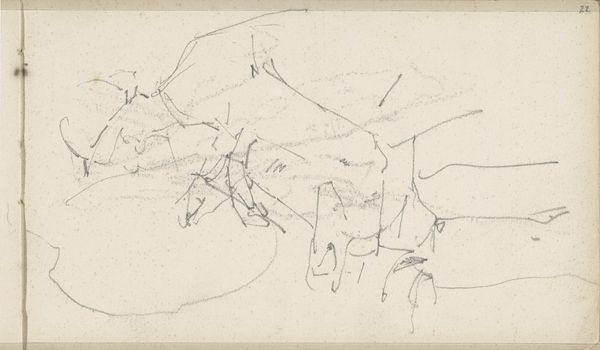![The Horse of Selene from the Elgin Marbles [recto] by William Etty](/_next/image?url=https%3A%2F%2Fd2w8kbdekdi1gv.cloudfront.net%2FeyJidWNrZXQiOiAiYXJ0ZXJhLWltYWdlcy1idWNrZXQiLCAia2V5IjogImFydHdvcmtzL2M2MTc3ZDczLWQyNWEtNDJjOS1iMWZmLTY5ZjM3YmIzZmQyNi9jNjE3N2Q3My1kMjVhLTQyYzktYjFmZi02OWYzN2JiM2ZkMjZfZnVsbC5qcGciLCAiZWRpdHMiOiB7InJlc2l6ZSI6IHsid2lkdGgiOiAxOTIwLCAiaGVpZ2h0IjogMTkyMCwgImZpdCI6ICJpbnNpZGUifX19&w=3840&q=75)
drawing, ink
#
drawing
#
ink drawing
#
classical-realism
#
form
#
ink
#
geometric
Dimensions: overall: 20.3 x 25.3 cm (8 x 9 15/16 in.)
Copyright: National Gallery of Art: CC0 1.0
William Etty created this pen and brown ink drawing, ‘The Horse of Selene from the Elgin Marbles’, sometime before 1849. The drawing depicts sculptures taken from the Parthenon in Athens. But how did they end up in Britain? In 1801, Lord Elgin, the British Ambassador to the Ottoman Empire, removed large portions of the Parthenon’s sculptural decoration. This act remains controversial, seen by some as cultural preservation, by others as colonial looting. Etty, trained at the Royal Academy, was among many artists who studied the marbles. These works became central to academic artistic training. They were seen as ideal examples of classical form, influencing generations of British artists. The presence of the marbles in London also shaped British cultural identity, linking it to the perceived glories of ancient Greece. To understand this drawing fully, we need to consider the complex social and political context of its creation. Art history is not just about aesthetics; it's about power, politics, and the stories we tell ourselves about our past.
Comments
No comments
Be the first to comment and join the conversation on the ultimate creative platform.
